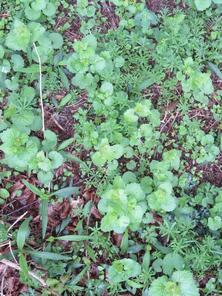 Garlic mustard from above. Notice the very round leaf shape. Garlic mustard from above. Notice the very round leaf shape. Garlic mustard (Alliaria petiolata) is a very common plant in the mustard family (Brassicaceae). It is native to Europe but has been naturalized throughout much of North America. It is considered a nuisance or invasive plant because it spreads rapidly, crowds out the environment preventing the growth of other plants and is very difficult to remove from an area once it has become established. It has become the dominant plant in the understory of some forested areas, reducing the diversity of all species (not just plants). We can benefit our local ecosystems by removing this plant where it grows. Please consider identifying and removing this plant when you find it, and do so early if you notice it starting to take hold in an area. At the same time you can also enjoy an interesting wild food! 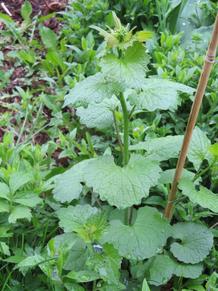 Second year plant just beginning to bud. Second year plant just beginning to bud. Identification Garlic mustard is a biennial, meaning it's life cycle is two years. The first year it appears as a basal rosette of round leaves growing close the ground. It looks somewhat similar to some other plants at this stage, including ground ivy, violets and wild ginger. However the leaves have a distinct garlic-y odor when crushed. In the second year the plant grows up to several feet high as it flowers and produces seed. The leaves on the stalk are alternate. It's small white flowers have four petals. The seed pods are thin and 20-80mm long. It's small white flowers, rounded leaves and garlic-y odor make it distinctive. Please either have someone knowledgeable teach you or consult several good written sources before harvesting and consuming this plant yourself. Once you learn it for certain, it's easy to identify and its garlic-y odor gives it away even more so. 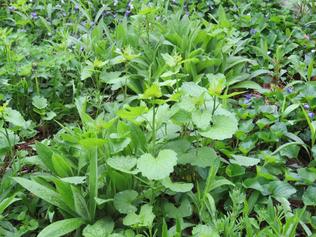 Young garlic mustard plants growing amongst violets and other wild plants. Young garlic mustard plants growing amongst violets and other wild plants. Removal The good news is that garlic mustard is easy to remove by hand. The bad news is that it can grow so abundantly and that the seeds can stay viable in the soil for 5+ years. When seeking to remove it, it's important not to spread the seed further. Pull the plant up by the root - don't just cut it down as it will re-grow and go to seed later when cut at most points in its life cycle. Most people will suggest then bagging the plant and sending it to the landfill, because if it's started to flower it can potentially go to seed even after being removed from the ground. But of course, you can also eat it! 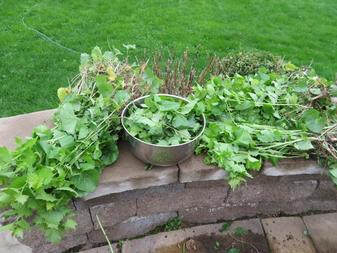 Leaves removed from the stems. Leaves removed from the stems. Eating First, make sure you've correctly identified this plant (see above) and harvested it from a clean location (i.e. no roadsides or areas that have been sprayed with herbicides). The leaves are the part of the plant most often consumed. Their garlic-y, aromatic and savory properties lend itself to uses like many other kitchen herbs - adding small quantities to dishes as a spice, adding fresh leaves to salad, or making into pesto. It does have a bitter flavor as well which is not as prominent or noticeable when prepared as one of several flavoring agents in food. A word of caution: though this plant was most likely brought to North America as a culinary or medicinal herb, has a long history of consumption and is commonly eaten as a wild edible today, it should be noted that the leaves have been found to have higher-than-normal amounts of cyanide (https://www.ncbi.nlm.nih.gov/pubmed/17146719). It may be safest to consume only in small amounts, no more than 2 meals per week. Levels of cyanide may also be reduced by blanching the leaves before cooking. It's bitterness may make the quantity eaten at a time self-limiting in a quite natural way! 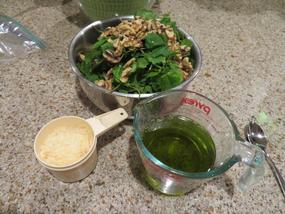 Ingredients ready to blend. Ingredients ready to blend. Garlic mustard pesto Making pesto is my favorite way to prepare this plant. The slightly garlic-y flavor blends well with olive oil, nuts or seeds, cheese and other additions. Don't forget to read the caution in the paragraph above! Ingredients: Please experiment and modify to your tastes! The most important thing is that it contains olive oil, some nut or seed and salt. Everything else is up to your discretion. 2 cups garlic mustard leaves, packed loosely 1/2 cup walnuts (or sunflower seeds, pine nuts) 1/2 cup olive oil 1/4 grated parmesan cheese 2 teaspoons lemon juice 1/4 tsp. (or to taste) salt 2 cloves garlic (the addition of actual garlic makes the flavor more well-rounded and palatable, but is optional) Step 1: Gathering the garlic mustard leaves Use either first year or second year leaves of the plant. When gathering the larger, second year plants it's easy to pull off most of the leaves all at once by gripping the stem at the top and then pulling your hand down from the top to the bottom. Step 2: Wash your garlic mustard leaves thoroughly and dry, then combine in a food processor (or blender) with the walnuts and garlic. Pulse until everything has been ground up pretty well. Step 3: Add the olive oil slowly to let it blend in, then add in any remaining ingredients and blend until it is a smooth puree. Step 4: Once everything is blended together well, serve and enjoy! Does well with the traditional pasta or served on crackers or bread. Well that's it! Hope that you now may not only be able to recognize this plant and understand it's effects on the ecosystem, but also know that you can turn what could be a nuisance into something tasty to enjoy! Written by Nick Cavanaugh, staff member at Railyard Apothecary and clinical herbalist at the Burlington Herb Clinic. Learn more about harvesting wild plants by joining Nick for an upcoming foraging presentation at Fjall Raven on Saturday, May 19th at 5pm, or for an urban plant walk at Railyard Apothecary on Tues., May 22nd at 6pm. Learn more about Nick's work at nickherbalist.com.
0 Comments
|
Details
RAILYARDCheck in here to keep updated on news and activities at the apothecary. Archives
April 2024
Categories
All
|
railyard apothecary
*These statements have not been evaluated by the Food and Drug Administration. This product is not intended to diagnose, treat, cure, or prevent any disease. For educational purposes only.
|
|
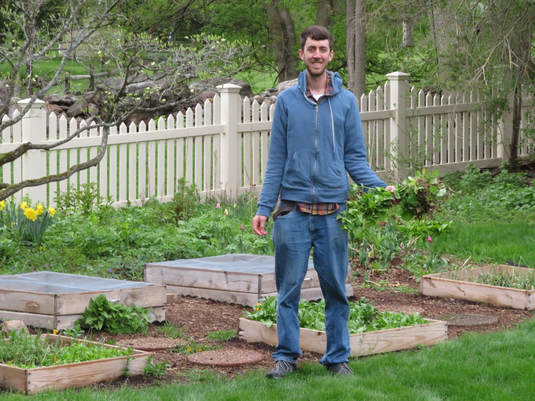
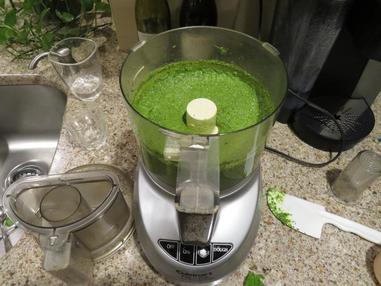

 RSS Feed
RSS Feed
